 Gregory Ratoff’s Moss Rose is a murder mystery set in Victorian London. It stars Peggy Cummins — a beautiful blond actress who looks like a doll come to life — as Rose Lynton, a Cockney chorus girl. Rose works under the stage name “Belle Adair.” She may have grown up in Shoreditch, but she aspires to be a fine lady.
Gregory Ratoff’s Moss Rose is a murder mystery set in Victorian London. It stars Peggy Cummins — a beautiful blond actress who looks like a doll come to life — as Rose Lynton, a Cockney chorus girl. Rose works under the stage name “Belle Adair.” She may have grown up in Shoreditch, but she aspires to be a fine lady.
Margo Woode plays Rose’s friend Daisy Arrow, a fellow actress who has a mysterious boyfriend. He’s a handsome, well-dressed gentleman who Rose only catches glimpses of as he moves in and out of the shadows. Daisy only appears in a handful of scenes before Rose discovers her corpse in bed in the room they share, an open Bible lying on the bed next to her with a dried and pressed moss rose laid across its pages. Was it her suitor who killed her? Or someone else?
Vincent Price — always a welcome sight — plays Inspector Clinner, the Scotland Yard detective who investigates the case along with his lumpy little partner, Deputy Inspector Evans (Rhys Williams). Soon, the identity of Daisy’s suitor becomes clear. He’s a wealthy gentleman named Michael Drego, and he’s played by the always oily Victor Mature, whose lack of a British accent is explained away by the fact that his Canadian father took him away from England when he was very young.
Rose plays girl detective, and it’s not long before she seems to be two steps ahead of the police in identifying Michael as Daisy’s murderer. At first it’s unclear what she wants from him, or why she fails to identify him to the police. She initially blackmails him, but then gives the money back and tells him that all she wants is for him to take her with him to his home, Charmley Manor, for just two weeks. Michael denies that he is guilty of Daisy’s murder, but he tells Rose he’ll go along with her scheme because he’s desperate to keep his family’s name out of the spotlight.
 Most of the film takes place at Charmley Manor, which is presided over by Michael’s mother, Lady Margaret (played by the grandest Hollywood dame of them all, Ethel Barrymore).
Most of the film takes place at Charmley Manor, which is presided over by Michael’s mother, Lady Margaret (played by the grandest Hollywood dame of them all, Ethel Barrymore).
Lady Margaret keeps her son’s childhood room exactly as it was, because when he was taken away by his father, she knew it was the last time she’d ever see that little boy again. She doesn’t allow anyone in the room, not even the servants, but after her first flash of rage at Rose when she discovers her snooping around the room, she softens, and tells Rose that there’s nothing like a secret to bring two people together.
Complicating matters for Rose at Charmley Manor is the presence of Michael’s fiancée, the beautiful Audrey Ashton (Patricia Medina). Lady Margaret grows to accept Rose, even going so far as to tell people that she is her “companion,” but Audrey sees Rose as a threat to her impending nuptials, and rightly so.
Moss Rose is based on The Crime of Laura Saurelle, one of author Joseph Shearing’s many Gothic thrillers, which were quite popular at the time of the film’s release. (Shearing was one of several pseudonyms used by writer Marjorie Bowen.) It’s a decent whodunnit that will keep you guessing. Michael Drego is the prime suspect, but Inspector Clinner loves flowers — moss rose in particular — and he’s played by Vincent Price, so he always seems suspicious, especially when he’s cutting himself a piece of moss rose in Lady Margaret’s greenhouse and he has a maniacal gleam in his eye. There is also Lady Margaret’s intense-looking butler, Craxton (George Zucco), and as we all know, butlers are always under suspicion. The ladies aren’t exempt from suspicion, either. We learn that Audrey made a mysterious bulk purchase of three Bibles just like the one found next to Daisy Arrow’s corpse, and she’s obviously jealous of any woman in whom Michael shows an interest. And Lady Margaret is hard-headed and clear-eyed, but she seems like a different person whenever she speaks of her son.
Despite the wealth of suspects, Moss Rose turned out exactly how I thought it would, but it wasn’t a bad way to kill some time.



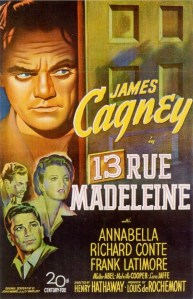
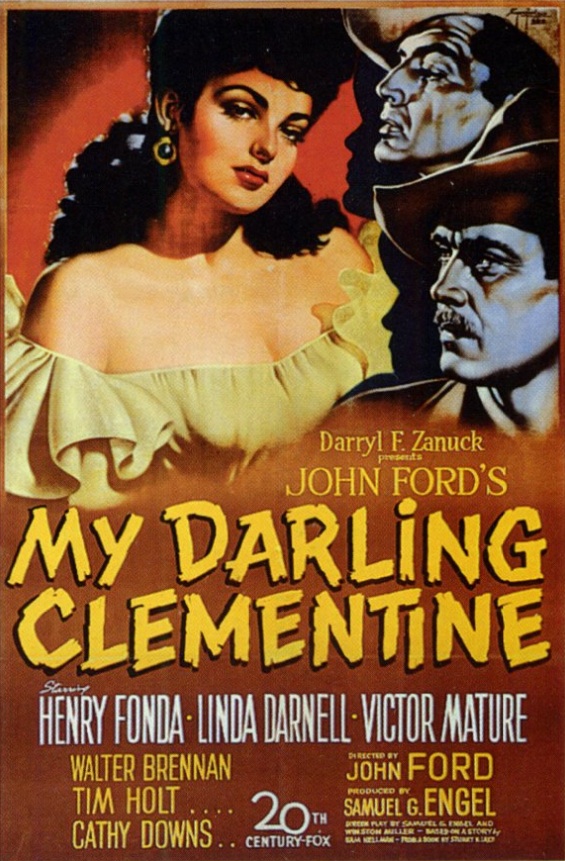
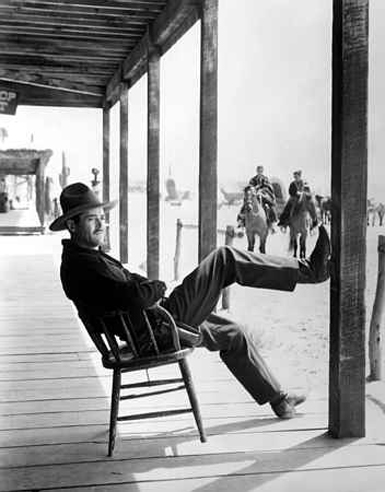
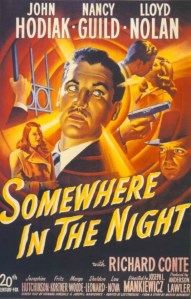
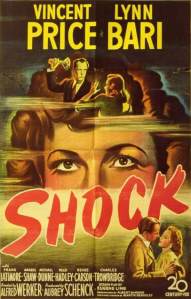
 When The House on 92nd Street was released on DVD in 2005, it was as part of the “Fox Film Noir” collection. This is misleading, since it’s more of a docudrama than it is a noir. It’s a historically important film, however, since it was one of the first to feature location shooting for nearly all the exteriors, and one of the first to skillfully blend fact with fiction while presenting itself as essentially factual. (Charles G. Booth won an Academy Award for best original story for his work on this film.)
When The House on 92nd Street was released on DVD in 2005, it was as part of the “Fox Film Noir” collection. This is misleading, since it’s more of a docudrama than it is a noir. It’s a historically important film, however, since it was one of the first to feature location shooting for nearly all the exteriors, and one of the first to skillfully blend fact with fiction while presenting itself as essentially factual. (Charles G. Booth won an Academy Award for best original story for his work on this film.)